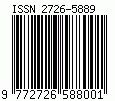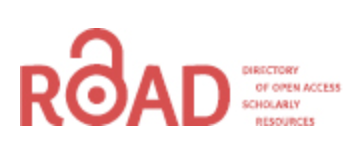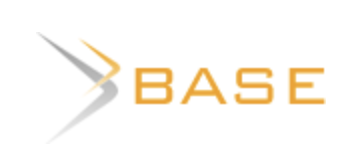Interest rate risk analysis in the Moroccan banking sector
Keywords:
Interest rate risk, bank, prudential regulation, two-factor market model, bank riskAbstract
The objective of this paper is to analyze the interest rate risk in the Moroccan banking sector while assessing the impact of the Baltic prudential measures. Considering the particularity of its activity, the bank is exposed to numerous risks. Interest rate risk is one of the risks threatening the stability and profitability of the banking industry. As a result of its transformation activity (long-short rate), the bank is structurally exposed to interest rate risk. Inspired by Stone's (1974) model, we apply a multifactor market model to the six Moroccan banks listed on the Casablanca Stock Exchange. To do this we consider a database observed over the period 2005-2019. In fact, we introduced four variables to the two-factor market model: the difference between the long-term rate (10-year bonds) and the short-term rate (52- week Treasury bills), the evolution of the total assets, the evolution of the interest margin and the dummy variable expressing the effect of the Basel prudential regulations. Our study has shown that the Moroccan banking sector is significantly threatened by rising interest rates. We have also shown that this threat is reinforced by the implementation of the Basel II restrictions.
Downloads
Downloads
Published
How to Cite
Issue
Section
License
Copyright (c) 2021 Jalal AZEGAGH , Sihame LAASAS

This work is licensed under a Creative Commons Attribution-NonCommercial 4.0 International License.















